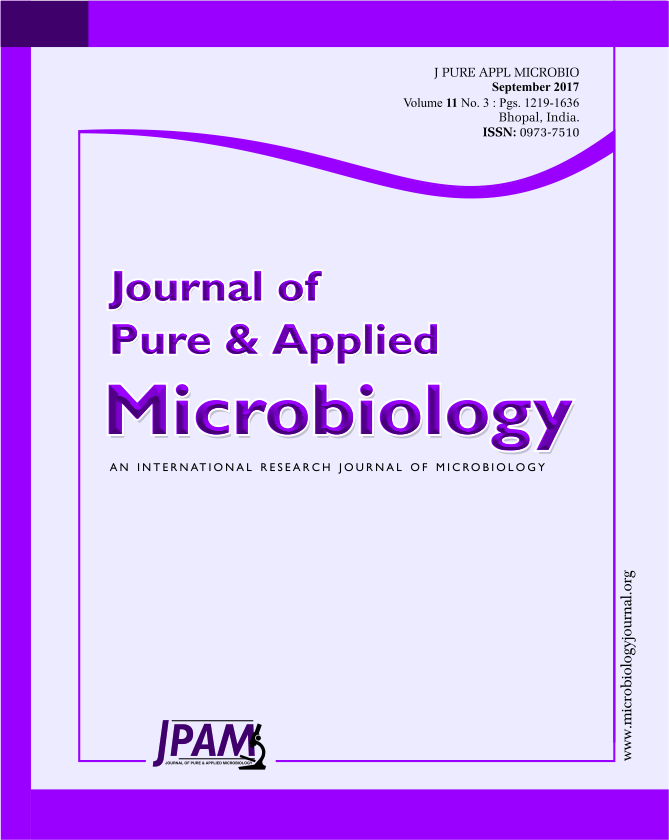This research sought to determine optimal conditions to maximize prodigiosin production by an indigenous Egyptian marine bacterial strain Serratia rubidaea RAM_Alex. Serratia rubidaea RAM_Alex isolated from bivalve samples of Temsah Lake, Ismailia, Egypt was used to investigate the production of the natural red pigment prodigiosin. Pigment production was assayed in different growth conditions using Nutrient broth as production medium. The water insoluble red pigment was extracted using ethanol and further purified by organic solvents. The pigment extract showed absorbance with a UV-Vis spectrophotometer at 535 nm and further characterized using TLC, FTIR and 1H-NMR. A statistical screening procedure was adopted to select the main factors affecting production. Analyses of Plackett- Burman design results demonstrated that peptone, NaCl, and culture volume were the most important independent variables. The near optimum medium contained (g/L): peptone 7, beef extract 5, yeast extract 1, NaCl 10, pH 6, using 25 ml culture volume, 100 ¼l inoculum size and incubation statically for 48 h at 30oC. When this condition was employed, a two fold increase in pigment yield was achieved reaching ~1600.511 mg/l.
Biopigments, nutrient broth, Plackett-Burman design, prodigiosin, Serratia rubidaea.
© The Author(s) 2017. Open Access. This article is distributed under the terms of the Creative Commons Attribution 4.0 International License which permits unrestricted use, sharing, distribution, and reproduction in any medium, provided you give appropriate credit to the original author(s) and the source, provide a link to the Creative Commons license, and indicate if changes were made.


